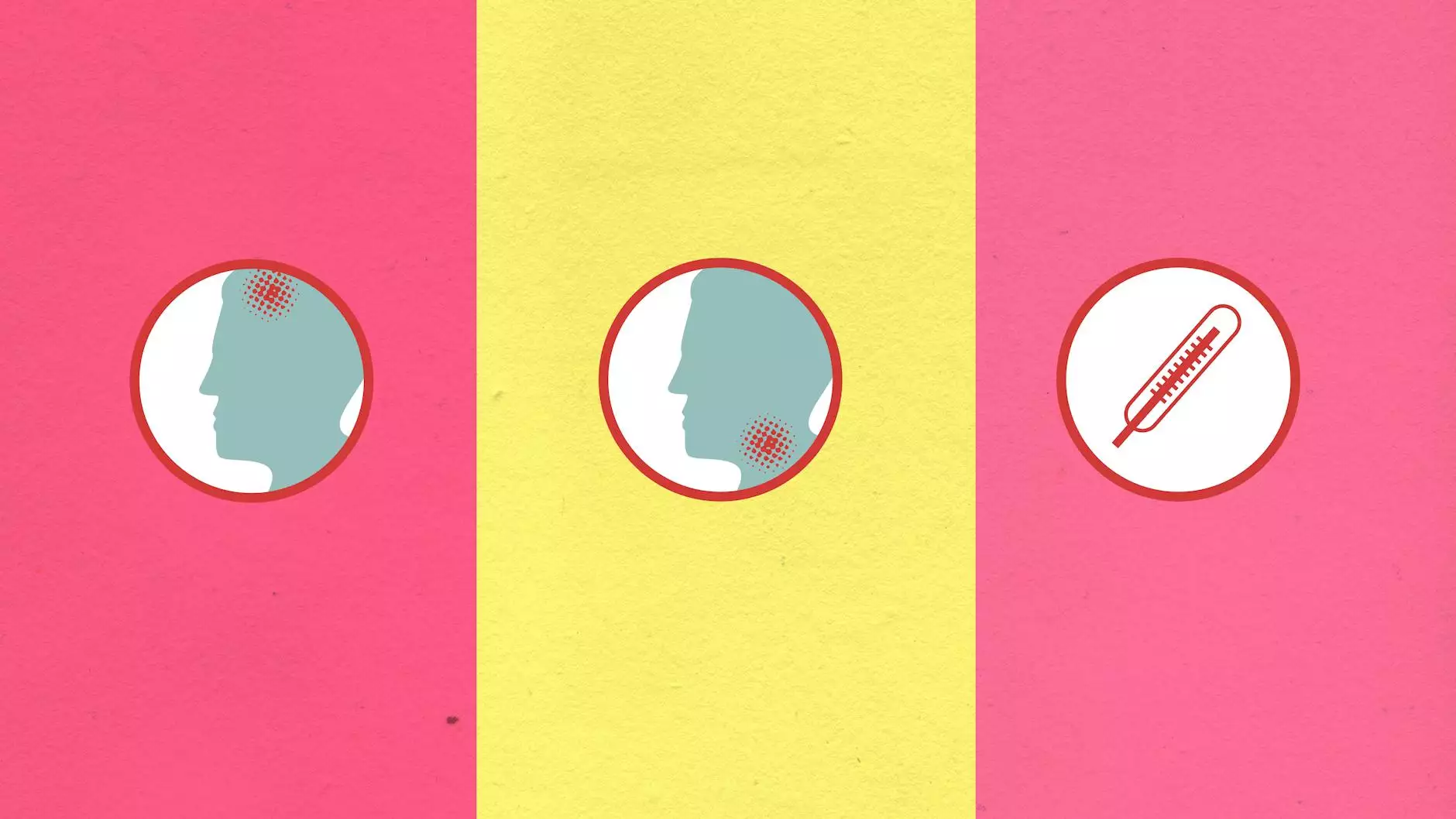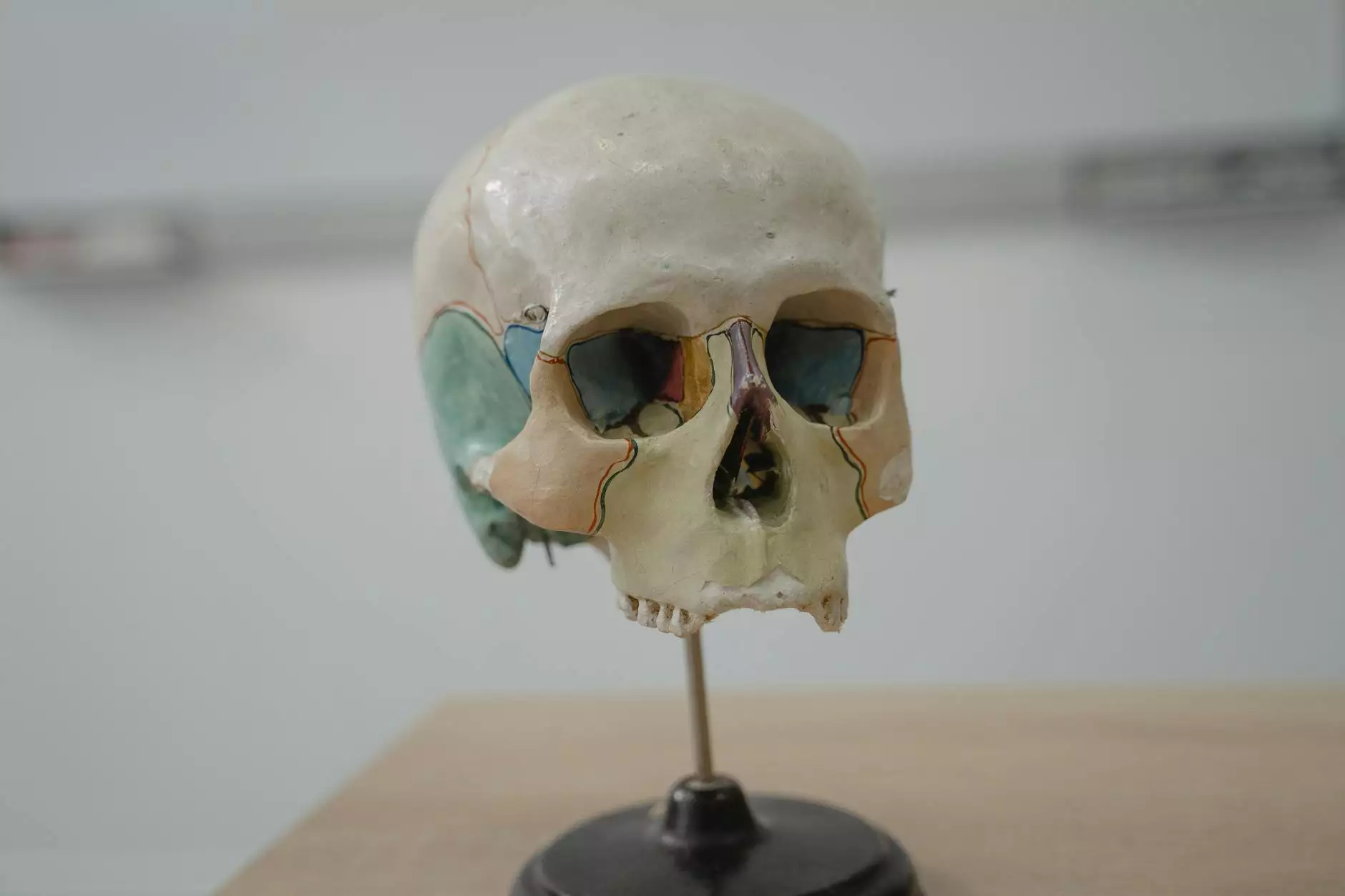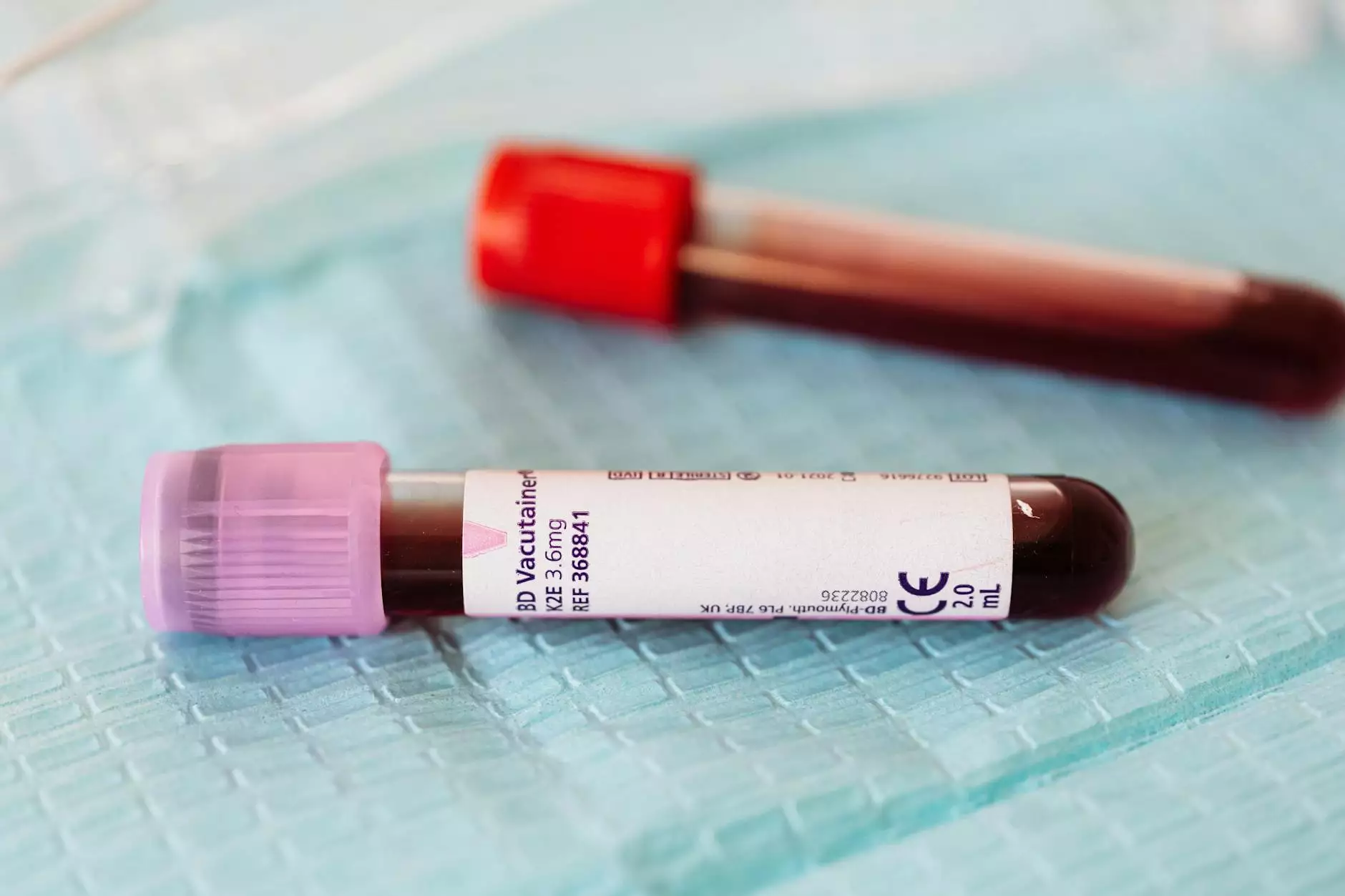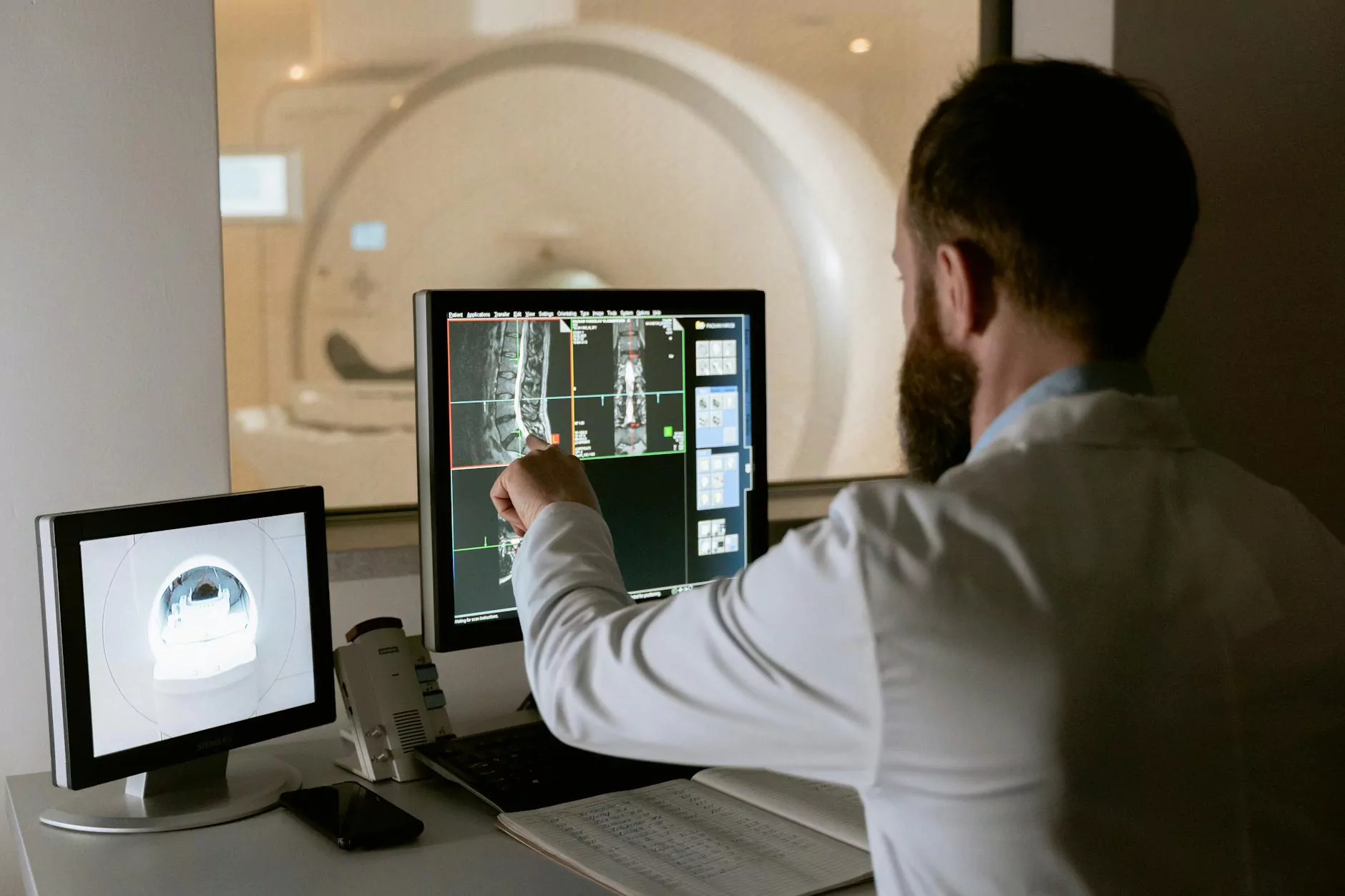The Arch and Branches of the Aorta

Introduction to Aorta Branches and Aortic Arch
The aorta is the largest artery in the human body, originating from the left ventricle of the heart. It plays a crucial role in carrying oxygen-rich blood to various parts of the body. The aorta branches off into several smaller blood vessels that supply different organs and tissues, with the aortic arch being a key structure in this branching system.
Understanding Aortic Arch
The aortic arch is a curved part of the aorta that begins at the level of the sternal angle and ends at the level of the fourth thoracic vertebra. It consists of three main branches, each serving a specific region of the body:
- Brachiocephalic trunk: This branch divides into the right subclavian artery and the right common carotid artery, providing blood supply to the right arm, head, and neck.
- Left common carotid artery: Supplies blood to the left side of the head and neck.
- Left subclavian artery: Delivers blood to the left arm and upper trunk.
Exploring Aorta Branches
As the aorta descends through the thorax and abdomen, it gives rise to various aorta branches that supply blood to different organs and regions of the body. Some of the prominent branches include:
- Coronary arteries: These arteries supply blood to the heart muscle itself, ensuring proper oxygenation for heart function.
- Celiac trunk: Provides blood to the liver, stomach, and spleen.
- Superior mesenteric artery: Supplies blood to the small intestine, cecum, and part of the large intestine.
- Renal arteries: Deliver blood to the kidneys, essential for their filtration and waste removal functions.
- Inferior mesenteric artery: Provides blood to the distal parts of the large intestine.
- Iliac arteries: Serve the pelvis and lower limbs with oxygenated blood.
Significance of Aortic Arch and Branches
The intricate network of aorta branches and the aortic arch is vital for maintaining proper blood circulation throughout the body. Any disruption or blockage in these vessels can lead to serious health consequences, such as heart attacks, strokes, or organ damage. Understanding the anatomy and function of these structures is crucial in diagnosing and treating various cardiovascular conditions.
Conclusion
In summary, the aortic arch and its branches form a complex yet essential system that ensures the delivery of oxygen-rich blood to all parts of the body. By appreciating the detailed anatomy and functions of these structures, we can better comprehend the importance of maintaining cardiovascular health and seek timely medical intervention when needed.









